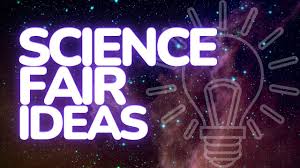Literature forms an essential part of a high school education, helping students develop critical thinking, empathy, and communication skills. Engaging in literature discussions and writing prompts is crucial for fostering these abilities and stimulating intellectual growth. This article highlights the importance of discussion questions and writing prompts in high school literature classes and provides some examples to integrate into your curriculum.
Literature discussions enable students to think deeply about the text, challenge their assumptions, and share their perspectives with their peers. These conversations foster a deeper understanding of the material, as well as build vital interpersonal skills. Discussion questions serve as fantastic starting points for such interactions. Here are five thought-provoking questions applicable to a wide range of texts:
1. How does the author use symbolism, imagery, or other literary devices to convey the theme or message?
2. Which character undergoes the most significant change throughout the story? How do their actions affect other characters or the overall plot arc?
3. How does the setting contribute to the atmosphere, tone, or theme of the story? Would a different setting impact the narrative significantly?
4. What are some potential motivations for a character’s behavior? Discuss at least two different interpretations.
5. How do social and cultural factors influence the characters’ actions, beliefs, or decisions?
In addition to discussion questions, writing prompts offer students an opportunity to creatively explore themes and ideas from class texts via written responses. Writing prompts challenge students to think critically about course material while also improving writing skills – an invaluable asset for academic success. The following five prompts can be adapted for various literary works:
1. Create an alternative ending for the story that aligns with its central theme but alters the outcome or consequences experienced by main characters.
2. Choose a key scene from the book and retell it from another character’s perspective. How does this change your understanding of that character’s motivations?
3. Think of an object or symbol that holds significance for one of the characters. Write a descriptive passage in which this object plays a central role, conveying its emotional or thematic importance.
4. Select a quote from the book that resonated deeply with you. Incorporate it into an essay that analyzes its relevance and implications concerning the story’s broader themes.
5. Write a letter from one character to another, discussing a pivotal decision or moment within the text, revealing their insights, reflections, and emotions.
Integrating discussion questions and writing prompts in high school literature classes not only deepens students’ understanding of texts but also equips them with essential analytical and communication skills for future academic endeavors. By encouraging open dialogue and creative written expressions, educators help mold insightful, empathetic individuals capable of engaging with complex ideas in the world around them.








